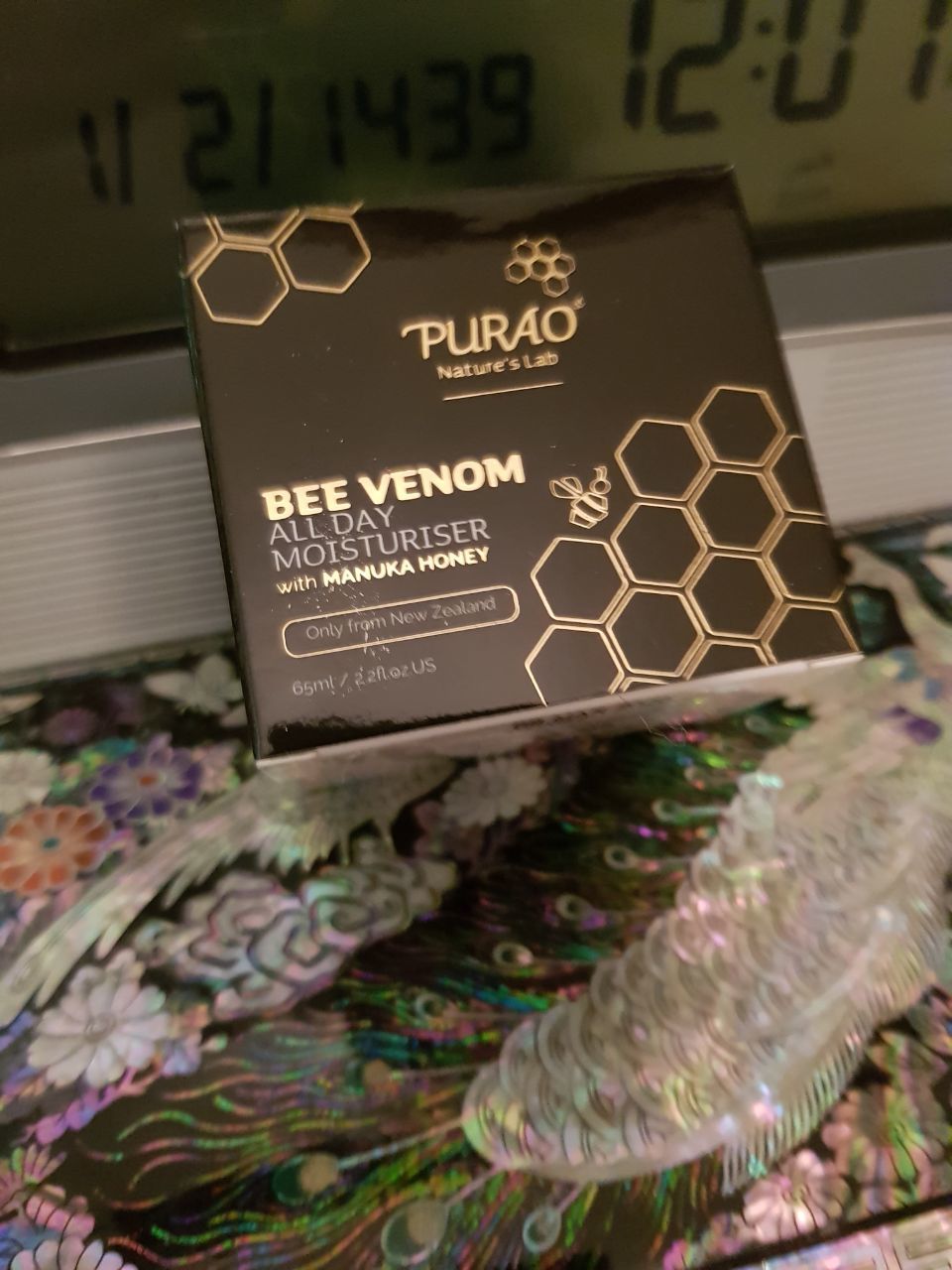Seeking out natural remedies dating back centuries is in vogue these days. If its good enough for ‘Gwynnie’ (Paltrow) injecting bee venom and Victoria Beckham who swears by bee pollen then its good enough for thee and me. Actor, Gerard Butler hit the press recently after appearing on a TV chat show in the UK where he explained he went into anaphylactic shock after being injected with the venom of twenty three bees after he heard of the anti-inflammatory compounds. I don’t know why it was twenty three bees (not twenty or twenty five) but specifically twenty three bees which apparently was a few bee stings too many. Now not to make light of anaphylactic shock as it is very serious and if a person has allergies can prove fatal. The fact that Mr Butler after leaving hospital decided to try it again to help him with his muscle aches seems very silly to me. Bee venom is supposed to hold amazing healing properies (after the initial sting) but I wouldn’t like to try this method.
According to Live Science
Bee venom therapy — which involves being willingly stung by a live honeybee, or injected with bee venom — dates back to the time of ancient Greece, when Hippocrates purportedly believed in the medicinal value of bee venom to ease arthritis and other joint problems, according to the American Apitherapy Society. (Apitherapy refers to all medical-related therapies that are based on bee products, including bee venom, honey or pollen.)
I honestly believe in apitherapy and I if I had pain or inflammation I would let myself be stung naturally but I wouldn’t allow someone to inject me with the equivalent of 23 bees.
I think bee venom is one of those things you have done gradually, in stages and in small doses.
I think its good to look to nature and even old remedies for healing but I’m not sure about this one from Live Science:
Maggot therapy for wound healing
So, what do you think? Some say its exploiting nature, some swear by natural remedies. All I know is the more we can connect with nature and respect what has been there centuries before us has to be a good thing.










